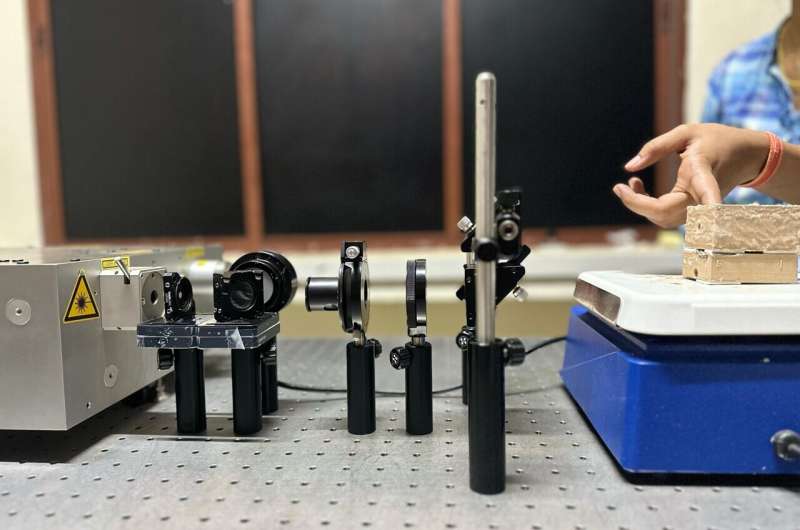A new study by researchers at the Department of Instrumentation and Applied Physics (IAP), Indian Institute of Science (IISc) offers an alternative solution via a technique called photoacoustic sensing.
The work is published in the journal Science Advances.
In this technique, when a laser beam is shined on biological tissue, the tissue components absorb the light and the tissue heats up slightly (less than 1°C). This causes the tissue to expand and contract, creating vibrations which can be picked up as ultrasonic sound waves by sensitive detectors. Different materials and molecules inside the tissue absorb different amounts of the incident light at different wavelengths, creating individual “fingerprints” in the emitted sound waves. Importantly, this procedure does not damage the tissue sample being studied.
In the current study, the team exploited this approach to measure the concentration of a single molecule, namely glucose. They used polarized light—a light wave that oscillates only in a specific direction. Sunglasses, for example, reduce glare by blocking out light waves that oscillate in certain directions.

